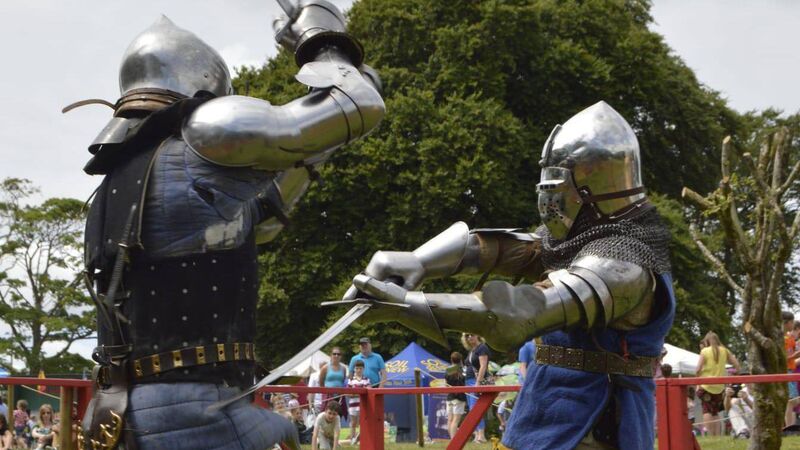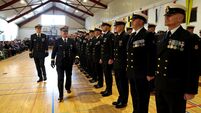Knights in shining armour fight it out in full-force Irish battle

Up to 60 armoured fighters will engage in bone-crunching combat on September 2-3. Picture: Caroline Walsh
Nine to five, Monday to Friday, he is but a humble civil servant working diligently for the State and its citizens, with a paper cut or eye strain perhaps his biggest injury fears.
However, at the weekend, he’s a knight in shining armour who’s ready to take up arms and strike down his opponents with a sword or axe.











